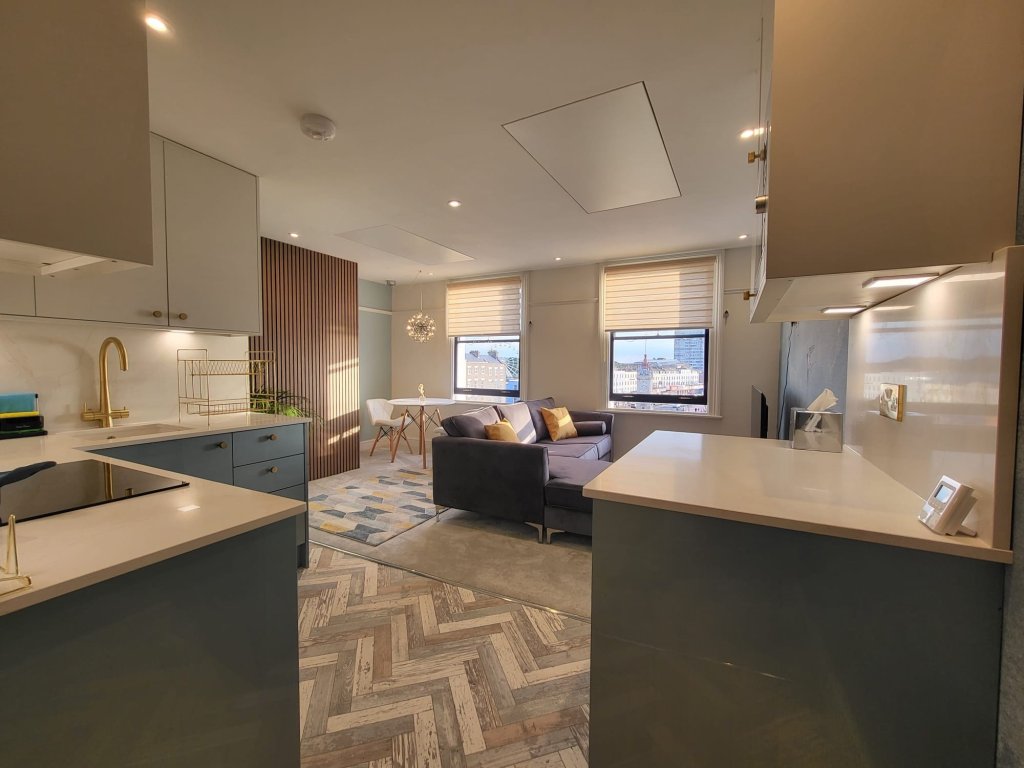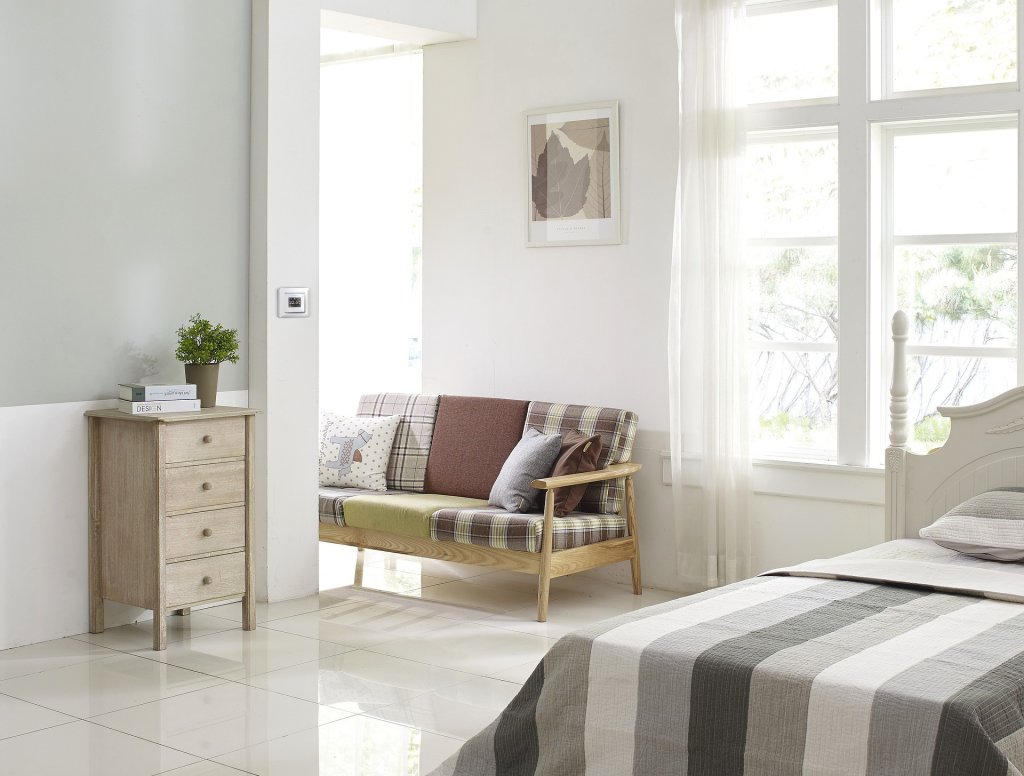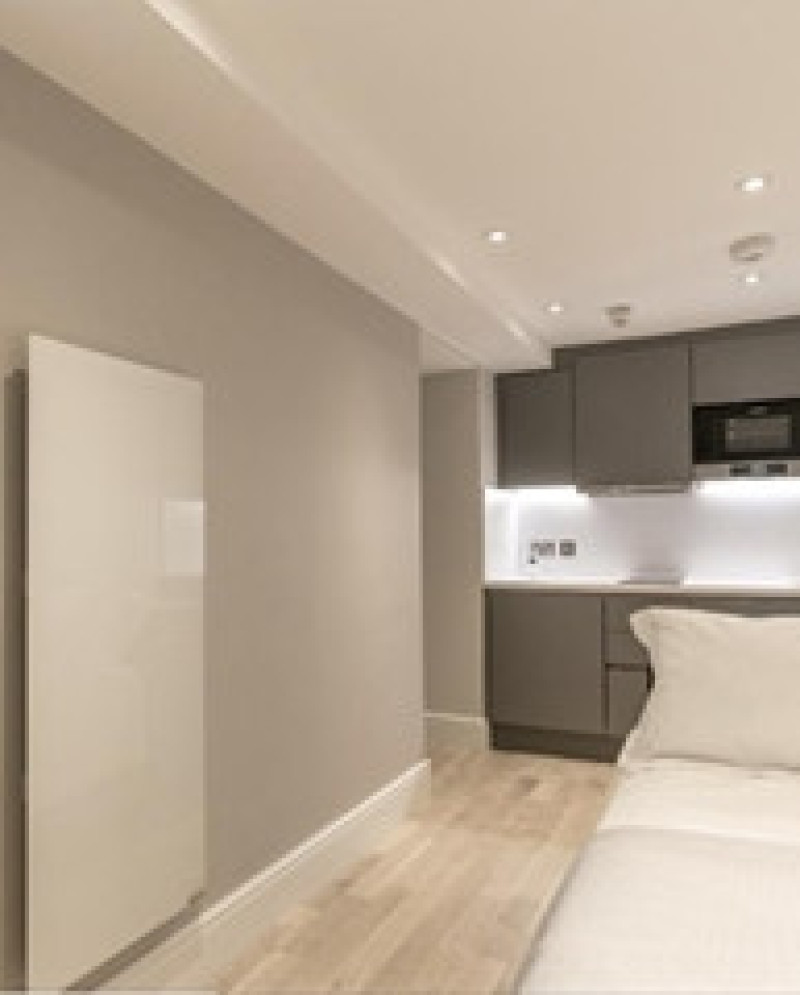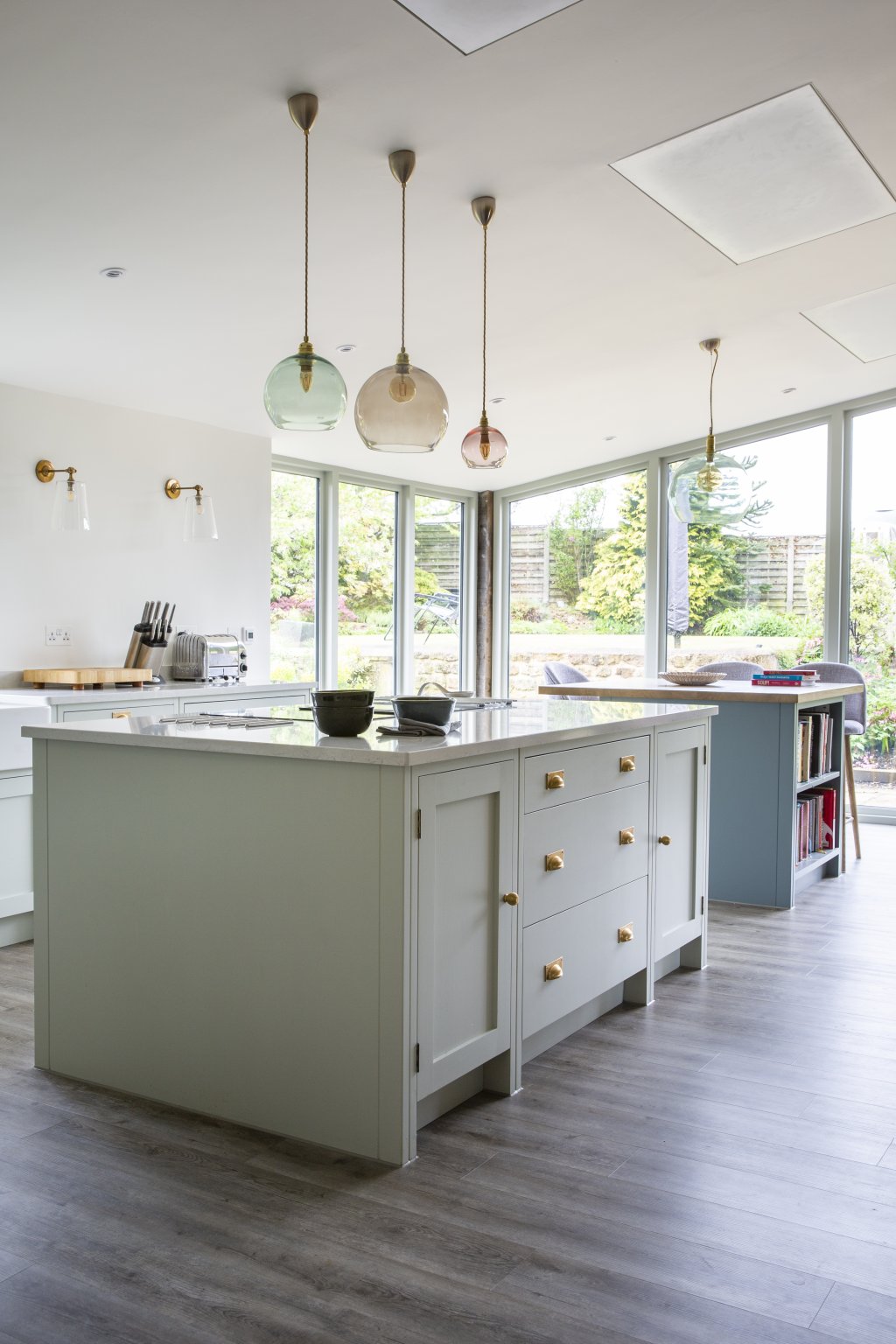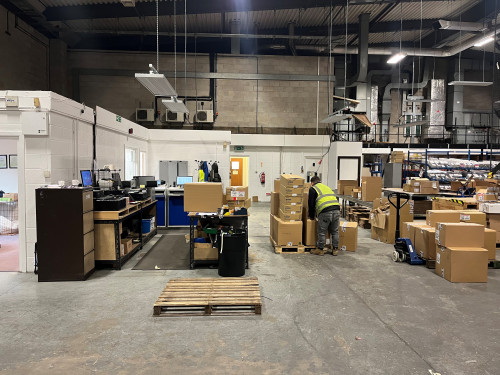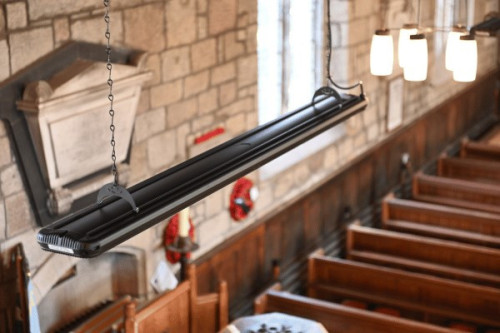Conclusion: is infrared heating expensive to run?
While infrared is often compared to other electric systems, it’s also worth considering how it stacks up against traditional gas central heating.
Why switch from gas central heating?
Gas heating may still seem cost-effective per unit, but:
❌ It wastes energy by heating the air (which quickly cools and requires reheating)
❌ The boiler must run to heat either one room or the whole house
❌ Installation is more complex and disruptive , and the system regular annual servicing
❌ It’s increasingly incompatible with low-carbon goals
Infrared heating changes the model. Instead of circulating hot air, it warms people, surface, and object in the room - just like the sun. That means better comfort, less energy use, and more control.
✅ No boiler, simple installation and no servicing
✅ Lower energy use per room
✅ Full control
✅ Works effectively with Solar PV
Infrared is ideal for homes looking to decarbonise, reduce reliance on gas, or simply take control of their heating bills.
Infrared heating is not expensive to run - in fact, it’s often the most affordable electric heating system when you consider the Total Cost of Ownership. If you’re ready to move away from the complexity and cost of gas, infrared is a smarter, simpler solution that’s better suited to how we live and heat today.
With lower capital costs than heat pumps, better efficiency than convection and storage heaters, and simpler installation than central heating systems, infrared is a smart long-term investment that can offer some of the lowest lifetime costs in home heating.

